Image Segmentation
The most important task in image processing and analysis is image segmentation. In digital image processing and analysis, it is a widely used technique to divide a picture into many sections or areas, frequently according to the properties of the image's pixels. Given that it is essential for assessing and diagnosing a certain ailment, it is helpful for medical imaging. Before doing any feature segmentation, the region-of-interest (ROI) within the sample must be precisely identified.
History of Image Segmentation
Researchers in computer vision have been focusing on picture segmentation nonstop since the 1970s. Traditional segmentation techniques primarily concentrate on identifying and extracting information from a single image, which frequently calls for specialized knowledge and human involvement. Nevertheless, extracting high-level semantic information from photographs is challenging. Identification of common items from a group of images is the task of co-segmentation methods, which necessitates the acquisition of specific previous information. These techniques fall under the category of semi-supervised or weakly supervised techniques as the image annotation they use is optional. Deep neural network-based picture segmentation techniques have become more and more in demand as large-scale fine-grained annotated image datasets have been progressively enhanced.
Feature representation, model construction, and optimization are only a few of the numerous obstacles that remain in image segmentation research, although its many accomplishments. Specifically, gradient vanishing, overfitting, imbalanced classes, sparse or restricted annotations, and lengthy training times continue to pose significant obstacles for semantic segmentation. As a result, it's essential to compile an organized list of the segmentation techniques now in use, particularly the more advanced ones. From the standpoint of algorithm development, we evaluate and describe the current picture segmentation techniques, go into detail about their inner workings, and list a few significant image segmentation algorithms.
Advancements in Image Segmentation Techniques
The advancements in the image segmentation techniques are briefed here through comparing the classic segmentation techniques with other segmentation techniques.
Classic Segmentation Techniques
For grayscale images, the traditional segmentation techniques were put forth. These algorithms primarily take into account gray-level discontinuity in some places and gray-level similarity in others. Generally speaking, edge detection relies on gray-level discontinuity, whereas region division relies on gray-level similarity. The process of segmenting a color image into distinct areas or superpixels based on pixel similarity and then combining these superpixels is known as color image segmentation. Some of the classic segmentation methods are listed below:
Edge Detection
Region Division
Graph Theory
Clustering Method
Random Walks
Co-Segmentation Techniques
High-level semantic information about an image is hard to come by because traditional segmentation techniques often concentrate on extracting features from a single image. In collaborative segmentation, sometimes called co-segmentation, common foreground areas are automatically extracted from many pictures without human interaction in order to gain previous knowledge.
Few of the co-segmentation methods are listed below:
MRF-Based Co-Segmentation
Co-Segmentation Based on Random Walks
Co-Segmentation Based on Active Contours
Clustering-Based Co-Segmentation
Co-Segmentation Based on Graph Theory
Co-Segmentation Based on Thermal Diffusion
Object-Based Co-Segmentation
Semantic Segmentation Based on Deep Learning
The intricacy of picture features and object differences (such as scale and posture) have significantly increased due to the ongoing improvement of image collection technology. It is challenging to get good segmentation results from low-level features (such as color, brightness, and texture), and feature extraction techniques based on heuristic or manual rules are unable to satisfy the intricate requirements of modern image segmentation, which highlights the greater generalization ability of image segmentation techniques.
Prior to the application of deep learning to the area of image segmentation, semantic segmentation classifiers were often constructed using random forests and semantic texton forests. In the last several years, segmentation tasks have seen an increase in the application of deep learning algorithms, leading to notable improvements in both performance and segmentation impact. In the original method, a neural network is trained by dividing the image into tiny patches, after which the pixels are classified. Since fixed-size pictures are needed for the neural network's fully connected layers, this patch classification approach has been used.
The deep-learning based semantic segmentation techniques are mentioned below:
Encoder–Decoder Architecture
Skip Connections
Dilated Convolution
Multiscale Feature Extraction
Attention Mechanisms
Top Image Segmentation Projects Using MATLAB
Top Image Segmentation Projects Using MATLAB are listed in this section. The final year students can refer to these projects so that they can get ideas for completing their Image Segmentation Final Year Projects Using MATLAB.
Detection of Blood Cells in Human Blood Samples Using Microscopic Images
Analysis of Various Image Segmentation Techniques on Retinal OCT Images
Road Extraction from Satellite Images Using Maximum Entropy Threshold Method
Segmentation and Classification of Melanoma Skin Cancer using Deep Learning Techniques
Design and Implementation of a Cloud Particle Shape Recognition Algorithm Based on MATLAB
Entropy-Based Locally Adaptive Thresholding for Image Segmentation
Object Segmentation Based on the Integration of Adaptive K-means and GrabCut Algorithm
Pests Control in Agriculture Plantation using Image Processing
Weed Identification Using Deep Learning and Image Processing in Vegetable Plantation
Determination and Analysis of Arthritis Using Digital Image Processing Techniques
Texture Based Image Segmentation Using Image Processing Techniques
Lung Cancer Image Segmentation using Various Image Processing Techniques
K-means and Morphological Approach on Image Segmentation for Fish Detection
Object Segmentation Based on the Integration of Adaptive K-means and GrabCut Algorithm
Analysis of Various Image Segmentation Techniques on Retinal OCT Images
Segmentation and Classification of Melanoma Skin Cancer using Deep Learning Techniques
A Supervised Segmentation Network for Hyperspectral Image Classification
A Multi-Stage Framework with Context Information Fusion Structure for Skin Lesion Segmentation
Green Image Segmentation Analysis of Google Earth to Rank World Universities using PHP and MATLAB
An Aerial Image Segmentation Approach Based on Enhanced Multi-scale Convolutional Neural Network
A Multi-Stage Framework with Context Information Fusion Structure for Skin Lesion Segmentation
Performance Comparison and Analysis of Medical Image Segmentation Techniques
A Hierarchical Image Matting Model for Blood Vessel Segmentation in Fundus Images
Automatic Image Segmentation with Superpixels and Image-Level Labels
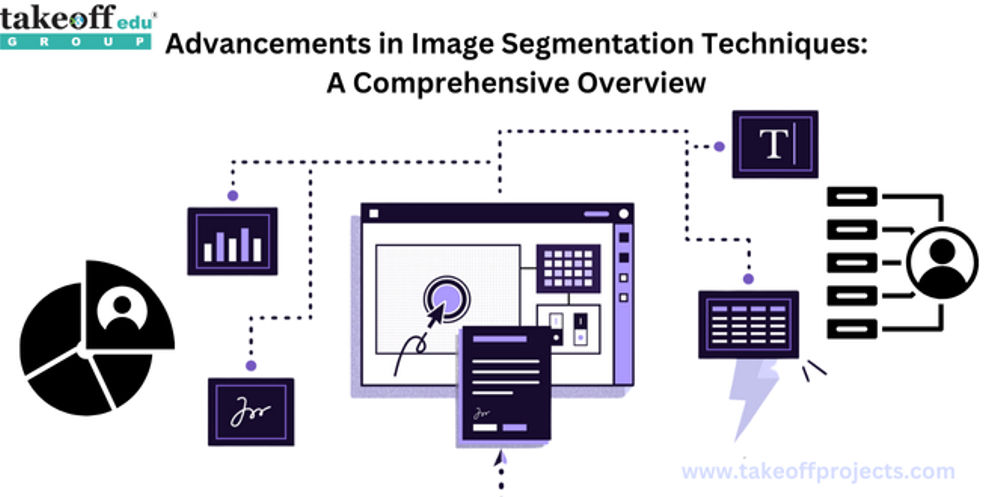
 Workshop on Embedded Systems: Building Real-World Applications
Workshop on Embedded Systems: Building Real-World Applications  Top Internship Training & Certificate
Top Internship Training & Certificate  Internship Benefits Beyond the Resume: How It Shapes Your Career
Internship Benefits Beyond the Resume: How It Shapes Your Career  Turing Internship into Job Offers: Strategies for Success
Turing Internship into Job Offers: Strategies for Success  Day in the Life: A Glimpse into the Realities of Internship Experience
Day in the Life: A Glimpse into the Realities of Internship Experience  Internship Insights: What Recruiters Look for in Candidates
Internship Insights: What Recruiters Look for in Candidates  Why Internships Matter: Building Bridges to Your Future Career
Why Internships Matter: Building Bridges to Your Future Career  Smart Mirror Based on Raspberry Pi
Smart Mirror Based on Raspberry Pi  Best Major & Mini Project Ideas for Engineering College Students
Best Major & Mini Project Ideas for Engineering College Students  Top B.Tech/M.Tech Engineering Projects Consultants & Services
Top B.Tech/M.Tech Engineering Projects Consultants & Services  Engineering Project Ideas & Topics for Students
Engineering Project Ideas & Topics for Students  Engineering Procurement Construction (EPC) Project Services: Step By Step Guide
Engineering Procurement Construction (EPC) Project Services: Step By Step Guide  IEEE Projects in Tirupati
IEEE Projects in Tirupati  Simple Mini Project Ideas for Engineering Students
Simple Mini Project Ideas for Engineering Students 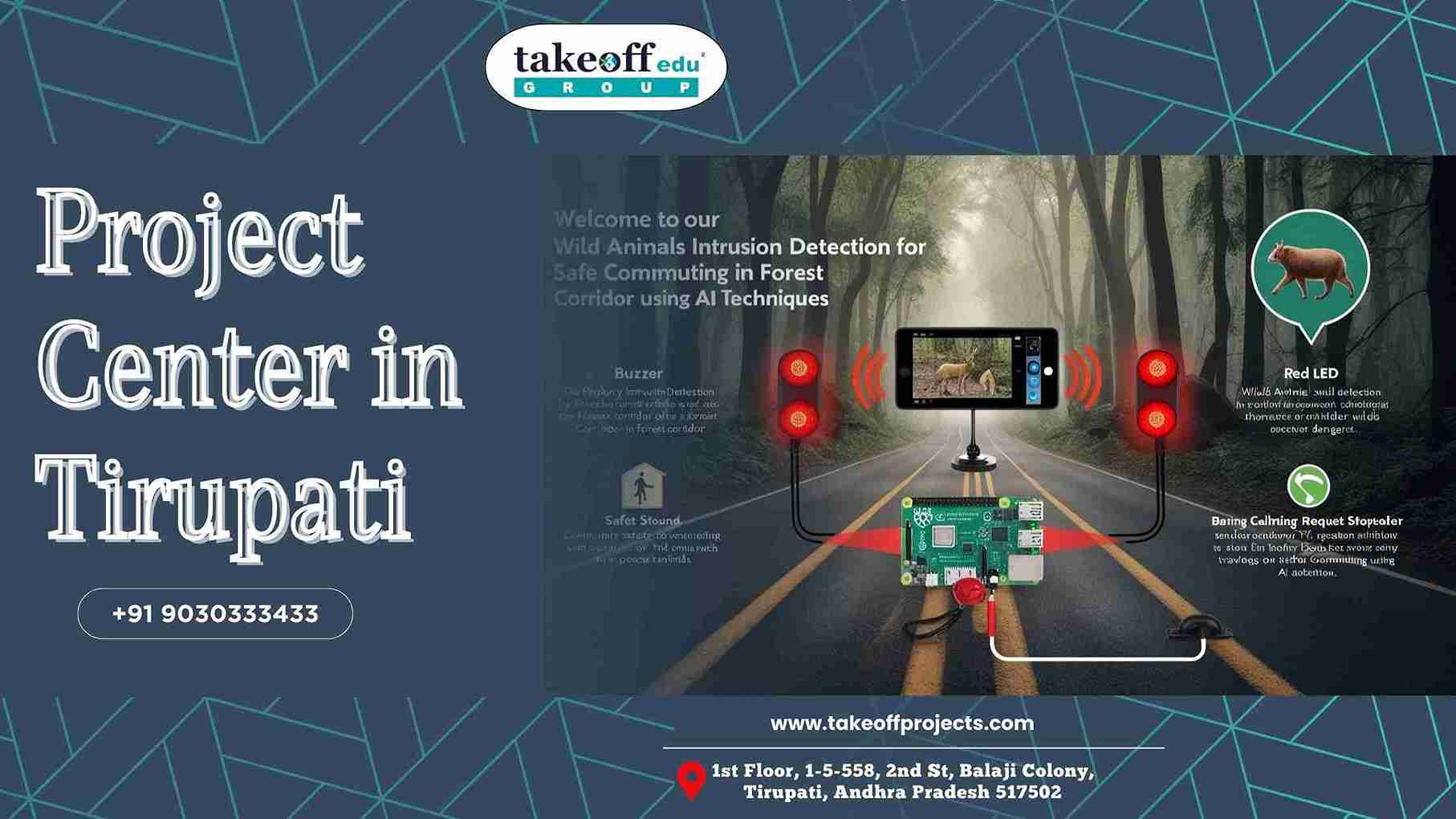 Project Center in Tirupati
Project Center in Tirupati  Top Engineering Project Consultants in Tirupati
Top Engineering Project Consultants in Tirupati  Innovative Software Engineering Projects: Shaping the Future of Technology
Innovative Software Engineering Projects: Shaping the Future of Technology  Major Current and Upcoming Projects
Major Current and Upcoming Projects  Best Project Management Consultant in Tirupati
Best Project Management Consultant in Tirupati  Top 10 Best Project Consultants in Andhra Pradesh
Top 10 Best Project Consultants in Andhra Pradesh  Best Project Consultancy in Tirupati
Best Project Consultancy in Tirupati  Advanced Technology Project Ideas in Chittoor
Advanced Technology Project Ideas in Chittoor  Top Final Year Project Provider in Tirupati
Top Final Year Project Provider in Tirupati  Mini and Major Projects in Chittoor
Mini and Major Projects in Chittoor  Final Year Projects in Tirupati: Unlocking Your Academic Potential
Final Year Projects in Tirupati: Unlocking Your Academic Potential  Affordable Academic Projects in India: A Gateway to Success
Affordable Academic Projects in India: A Gateway to Success  Trending Engineering Project Ideas in Tirupati 2025
Trending Engineering Project Ideas in Tirupati 2025  Technical Project ideas for engineering students
Technical Project ideas for engineering students  How Do I Choose A Project Topic Titles For Final Year Engineering Students?
How Do I Choose A Project Topic Titles For Final Year Engineering Students?  Find Best College Project Centers in Andhra Pradesh
Find Best College Project Centers in Andhra Pradesh  Latest Engineering Project Ideas for 2025
Latest Engineering Project Ideas for 2025  Top Engineering Project Work in Vizianagaram: Empowering Student Success
Top Engineering Project Work in Vizianagaram: Empowering Student Success  Final Year Project Ideas for Students in Chittoor
Final Year Project Ideas for Students in Chittoor  Project Ideas for College Students in Telangana
Project Ideas for College Students in Telangana  Top 10 Mini Project Ideas for College Students
Top 10 Mini Project Ideas for College Students  Project Work for Students in Tirupati
Project Work for Students in Tirupati  Best Engineering Projects in Andhra Pradesh: A Comprehensive Guide
Best Engineering Projects in Andhra Pradesh: A Comprehensive Guide  Using Cloud-Based Tools for Collaborative Research Projects
Using Cloud-Based Tools for Collaborative Research Projects  Advantages of Undergraduate Research Opportunities
Advantages of Undergraduate Research Opportunities  How to Prepare for Academic Research Conferences
How to Prepare for Academic Research Conferences  Understanding the Different Types of Academic Research
Understanding the Different Types of Academic Research  Navigating the Peer Review Process: Tips for Success
Navigating the Peer Review Process: Tips for Success  How to Write the Abstract for a Research Paper
How to Write the Abstract for a Research Paper  The Impact of Academic Research on Policy Making
The Impact of Academic Research on Policy Making  Exploring Open Access Journals for Academic Publishing
Exploring Open Access Journals for Academic Publishing  The Role of Academic Journals in Disseminating Research
The Role of Academic Journals in Disseminating Research  How to Balance Coursework and Research Projects: A Guide to Academic Success
How to Balance Coursework and Research Projects: A Guide to Academic Success  The Importance of Research Ethics Committees
The Importance of Research Ethics Committees  Innovative Teaching Methods to Support Academic Research Projects
Innovative Teaching Methods to Support Academic Research Projects  Creating Impactful Visual Aids for Research Presentations
Creating Impactful Visual Aids for Research Presentations  The Benefits of Peer Review in Academic Research
The Benefits of Peer Review in Academic Research  Surveys and Questionnaires are Effective in Academic Research
Surveys and Questionnaires are Effective in Academic Research  Importance of Documentation Record-Keeping in Academic Research
Importance of Documentation Record-Keeping in Academic Research  Overcoming Challenges in Academic Research Projects
Overcoming Challenges in Academic Research Projects  Leveraging Online Resources for Academic Research
Leveraging Online Resources for Academic Research  Successful Academic Projects in Computer Science: Case Studies
Successful Academic Projects in Computer Science: Case Studies  Building a Research Network: The Importance of Conferences and Workshops
Building a Research Network: The Importance of Conferences and Workshops  How Technology Affects Academic Research?
How Technology Affects Academic Research?  Getting Funding for Your Research Project: Tips and Resources
Getting Funding for Your Research Project: Tips and Resources  Time Management Strategies for Academic Researchers
Time Management Strategies for Academic Researchers  Ethical Considerations in Academic Research
Ethical Considerations in Academic Research  How to Write and Publishing Your Academic Paper?
How to Write and Publishing Your Academic Paper?  Presenting Your Research: Guidelines To Consider When Making An Academic Presentation
Presenting Your Research: Guidelines To Consider When Making An Academic Presentation  Analyzing Research Data: Effective Techniques in Engineering Projects
Analyzing Research Data: Effective Techniques in Engineering Projects  Best Practices for Conducting a Literature Review
Best Practices for Conducting a Literature Review  Writing a Winning Student Research Proposal: A Step-by-Step Guide
Writing a Winning Student Research Proposal: A Step-by-Step Guide  Project Management for Academic Research: Tools and Techniques
Project Management for Academic Research: Tools and Techniques  How to Choose the Perfect Academic Project Topic?
How to Choose the Perfect Academic Project Topic?  Presenting Final Year Project to Your Supervisor
Presenting Final Year Project to Your Supervisor  Trending Engineering Projects in 2024 Future-Ready
Trending Engineering Projects in 2024 Future-Ready  Innovative Renewable Energy Project Ideas
Innovative Renewable Energy Project Ideas  How Engineering Projects Ideas to contribute your academic year?
How Engineering Projects Ideas to contribute your academic year?  Latest Engineering Projects in 2024
Latest Engineering Projects in 2024 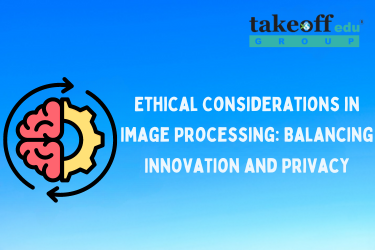 Ethical Considerations in Image Processing: Balancing Innovation and Privacy
Ethical Considerations in Image Processing: Balancing Innovation and Privacy  From Pixels to Insights A Journey into Image Enhancement Algorithms
From Pixels to Insights A Journey into Image Enhancement Algorithms 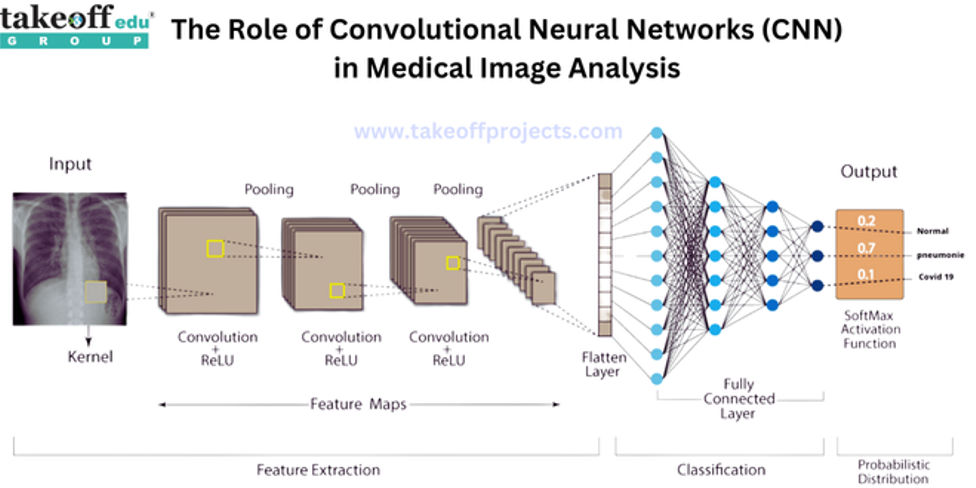 The Role of Convolutional Neural Networks in Medical Image Analysis
The Role of Convolutional Neural Networks in Medical Image Analysis 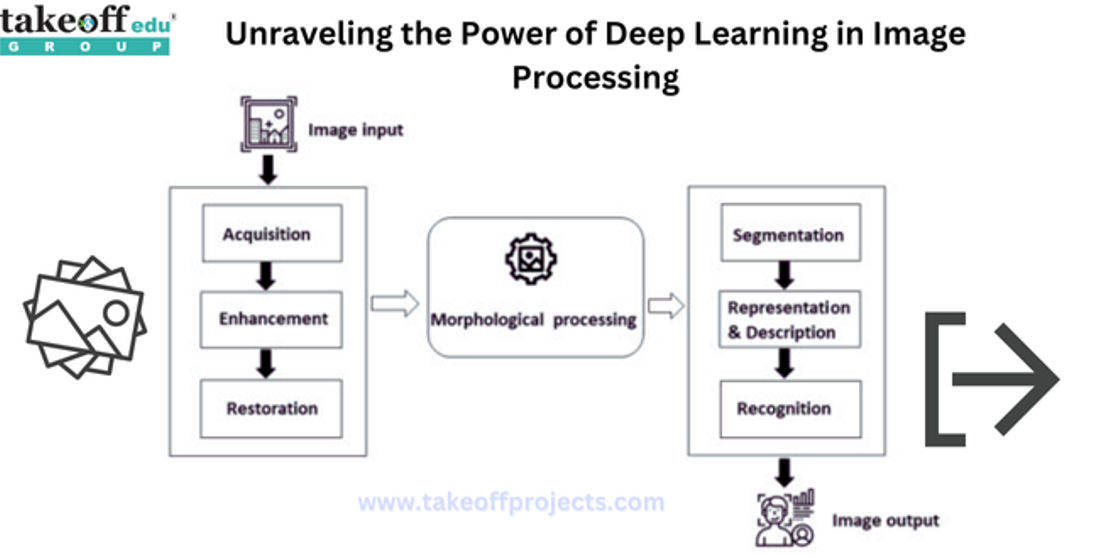 Unraveling the Power of Deep Learning in Image Processing
Unraveling the Power of Deep Learning in Image Processing  Importance of Final Year Projects for Students
Importance of Final Year Projects for Students  How to Present Your Final Year Project to Your Supervisor?
How to Present Your Final Year Project to Your Supervisor?  How to Choose the Right Final Year Project Topic?
How to Choose the Right Final Year Project Topic?  Common Mistakes to Avoid on Your Final Year Project
Common Mistakes to Avoid on Your Final Year Project  How to Write a Winning Engineering Project Report?
How to Write a Winning Engineering Project Report?  Low Cost Mini Projects Ideas for Civil Engineering
Low Cost Mini Projects Ideas for Civil Engineering  Low Cost Mini Project Ideas for Mechanical Engineering
Low Cost Mini Project Ideas for Mechanical Engineering  BSc IT Projects for Final Year
BSc IT Projects for Final Year  Instrumentation Projects for Final Year Students
Instrumentation Projects for Final Year Students  Biomedical Instrumentation Projects
Biomedical Instrumentation Projects  M.Tech Structural Engineering Projects
M.Tech Structural Engineering Projects  M.Tech Thesis Writing Services
M.Tech Thesis Writing Services  M.Tech Projects for Electrical, Electronics & Software Engineering
M.Tech Projects for Electrical, Electronics & Software Engineering  Latest Final Year Projects for B.Tech & M.Tech Students
Latest Final Year Projects for B.Tech & M.Tech Students  2023 B.Tech Final Year Projects for Students
2023 B.Tech Final Year Projects for Students  Latest BCA Final Year Project Ideas for 2023
Latest BCA Final Year Project Ideas for 2023  Top BE Projects Ideas & Topics for Students
Top BE Projects Ideas & Topics for Students  14+ Interesting Engineering Projects
14+ Interesting Engineering Projects  IEEE Final Year Projects
IEEE Final Year Projects 
 Paper Publishing
Paper Publishing


